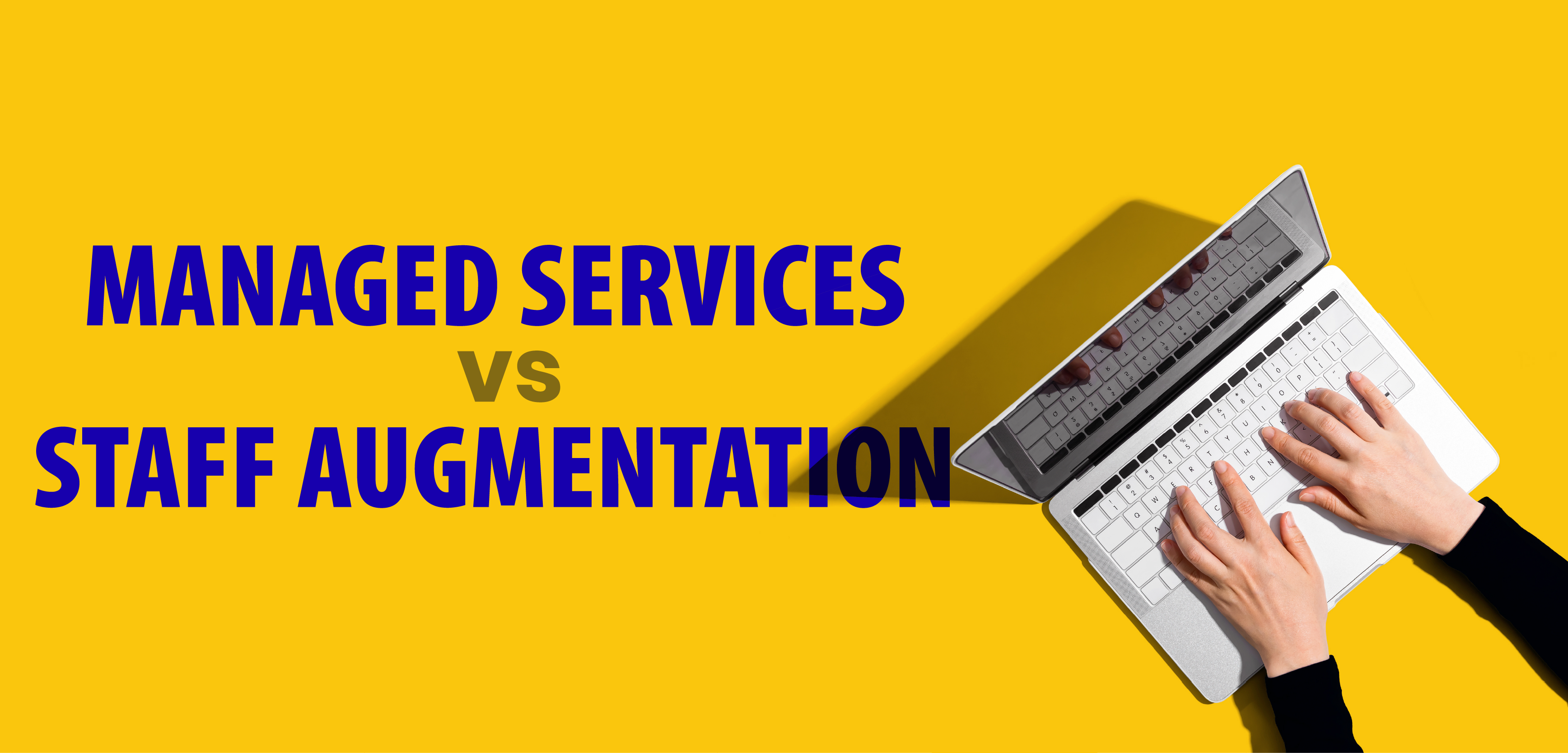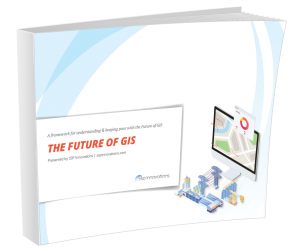Utilities today are resource-constrained due to tight budgets, an aging workforce, and many ongoing programs and initiatives across the organization and the various departments. Existing employees are being stretched and asked to perform work that is at times considered above and beyond their core job of running the utility day-to-day. As resourcing becomes increasingly challenging, many of our utility clients turn to outside contracting for resource help across a broad spectrum of expertise to solve this problem. However, many of our clients don’t have a good understanding of which outsourced delivery and support model is the right fit for their organization based on both the short-term and long-term business needs. There are many variations in how these models can be deployed, but the two primary models that are proven and have been around for some time are Staff Augmentation and Managed Services. Some people think these models are the same and/or interchangeable; however, they are quite different in their intent and purpose in ways they impact the organization. Let’s define and compare each of the two models to ensure we have a clear definition of what they are, and more importantly, what they are not.
Staff Augmentation
Staff augmentation generally has the following characteristics:
- The business driver is almost always a short-term or temporary resource need
- Typically requires a specific skill set or expertise
- Generally focused on a narrow task band or short-term project
- Tend to be “commodity-based” services for short-term durations (weeks/months)
- Typically involves limited accountability around delivery performance
- Often considered a contractor relationship versus a partner relationship
PROS
Staff augmentation can be very beneficial to organizations by providing the necessary short-term “lift” to help the organization accomplish a specific goal, task, or project within the required time frame while eliminating the need and long-term cost of a full-time hire.
CONS
Almost always time and materials (T&M) based cost structure that can be unpredictable in nature as it relates to budget, while typically limiting the performance accountability in the areas of quality, time, and cost. Additionally, this model can limit the ability to build and grow the capabilities and skills of the client team long-term as once the contract is over, the “expert” resource is no longer involved.
Managed Services
The key business drivers for the managed services model tend to be more focused on strategic value with an outcome, value-driven approach with the direct intent to move from a commodity to a strategic relationship with the organization. The key characteristics of a managed services model and how it is different than a staff augmentation model are as follows:
- Business drivers are focused on improving service delivery while reducing steady-state costs and consistently meeting business KPI’s
- Involves ownership of specific data and technical centric workflows, not just narrow task bands
- Typically requires expertise across a broader spectrum of business and technical needs
- Provides accountability through contractual service level agreements (SLA’s) and performance guarantees
- Fosters a true partnership-based approach through a shared risk model
- Tends to be transformational to the business around continuous process improvement and optimizing business value over time
- Generally, it requires tight integration with the customer team where resources are part of the client organization and are managed in that context.
PROS
Managed services enable organizations to align service levels with the business and regulatory priorities of the business while gaining accountability in delivery performance through a shared risk and partnership model. It provides for the ability to leverage broader set-of expertise and skillsets long-term while enabling the organization to “flex” as the resource needs of the business change and evolve over time. Another key benefit is the ability to reduce risk, and steady-state costs long-term through a fixed, predictable cost model with financial accountability for non-performance.
CONS
For some organizations, there can be potential challenges related to union staff and agreements associated with ownership of internal work. Other areas for consideration in some cases are staff displacement and/or reassignment, as well as the onboarding/transition support required by the client to implement a managed services model. This typically involves knowledge transfer, training, and support as the partner vendor gets ramped up.
So, as you assess your specific requirements, there are some things to ask yourself and consider before deciding which model
- What are my resource needs short-term and long-term?
- Is the expertise or required skillsets a long-term need for the business?
- Is the need for project focused or service delivery based?
- Will we be able to gain the required skills with existing staff, or will you need continuity for specific capabilities or skillsets long-term after a specific task or project is completed?
- Assuming the required skills will not reside in your existing staff if you need the skillsets long-term, will you be able to hire permanent resources or still have to rely on outsourcing?
- How much flexibility do I need with variable work volume and required resourcing?
- What are my expectations in terms of roles, responsibility, and accountability? How much do I want to own?
- What other capability or skill gaps do I have that need to be supported? How can these get filled, and by when/who?
- What is the potential cost and risks associated with the delivery of services internally and within each model? How much accountability and control do I have in effectively managing it?
- What is the business value and impact each model offers specific to your organization?
- What is the commitment to dedicated key resources by the vendor within each model?
- What do the onboarding and transition plan and support requirements involve? How does this impact the organization long-term?
Closing
So how do you figure out which model is the one for you? There is no “one size fits all” answer and each organization will be different, and the exact process to make that determination will be unique. However, if you take the time to assess the current state and direction the business is headed long-term in terms of the resource and skillsets that will be needed to properly support service delivery within the business, then you will be able to make a confident decision that is right for the organization. Our SSP team has significant experience and expertise in implementing and executing both models successfully. We can certainly provide guidance and recommendations to your organization on what model is right for your business.


What do you think?